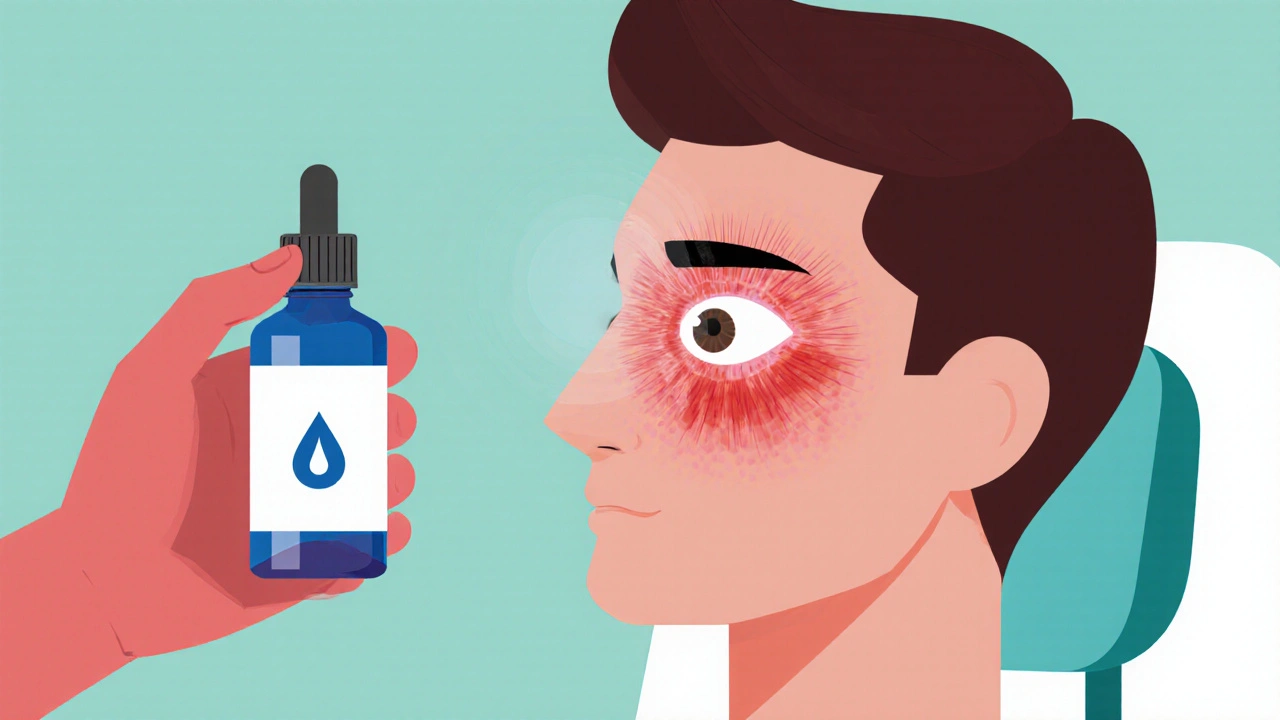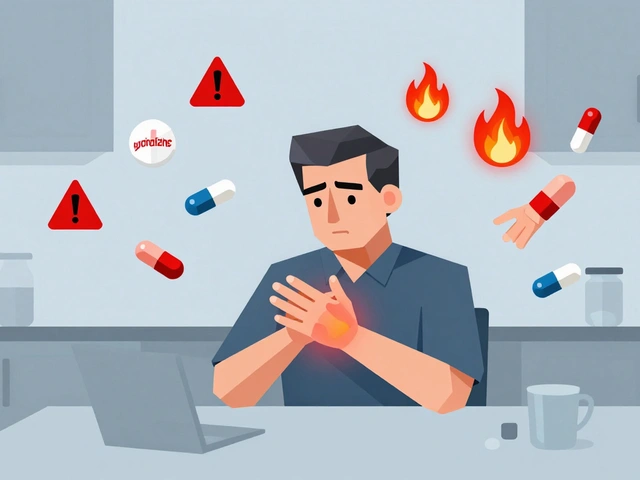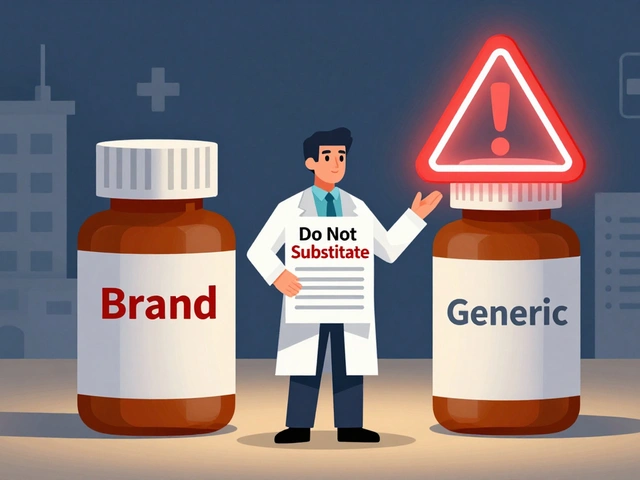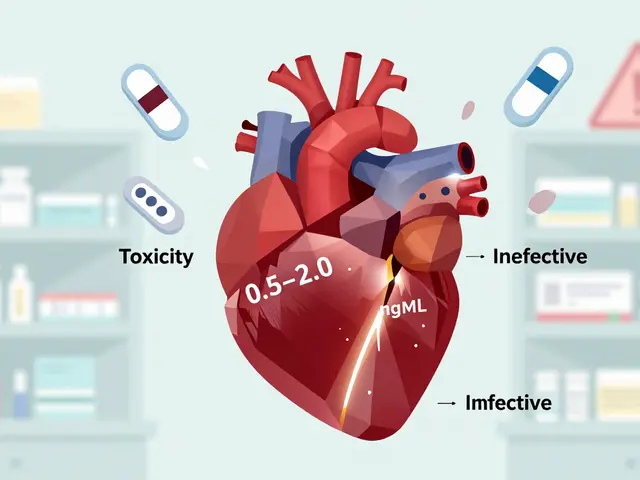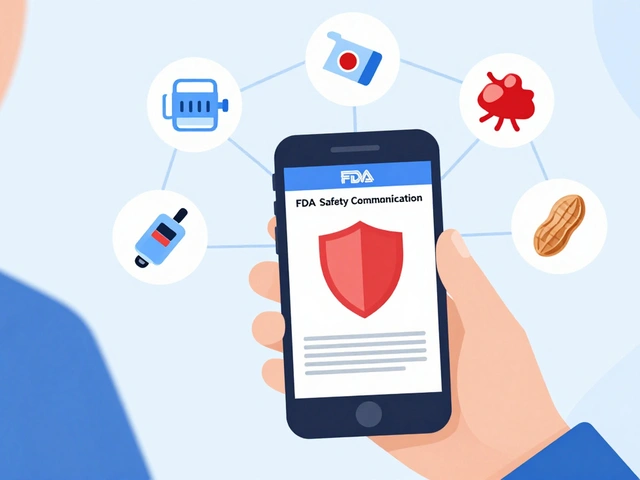NSAIDs Eye Drops: What They Are, How They Work, and What You Need to Know
When your eyes are red, swollen, or achy after surgery or an injury, NSAIDs eye drops, topical nonsteroidal anti-inflammatory drugs used to reduce eye inflammation and pain. Also known as topical NSAIDs, they work right where you need them—on the surface of the eye—without the systemic side effects of pills. Unlike steroids, which can raise eye pressure and cause cataracts over time, NSAIDs target the root cause: inflammation triggered by prostaglandins. They’re not for every eye problem, but when used right, they’re one of the safest ways to manage discomfort after cataract surgery, LASIK, or corneal abrasions.
These drops are often prescribed alongside antibiotics or steroids, but many patients prefer them because they don’t interfere with healing the way steroids sometimes do. Think of them as the quiet helper: no big warnings on the label, no need for frequent pressure checks, and no risk of glaucoma from long-term use. Common brands include ketorolac, diclofenac, and nepafenac. Each has a slightly different half-life and potency, but they all do the same basic job—block the enzymes that make your eye feel like it’s on fire.
Who uses them? Mostly people recovering from eye procedures. Athletes who got poked in the eye during sports. People with seasonal allergies who need relief without antihistamines that dry out their eyes. Even those with mild uveitis or post-operative swelling. But they’re not magic. If your eye is infected, NSAIDs won’t fix it. And if you’re on blood thinners or have a history of stomach ulcers, you should talk to your doctor first—even eye drops can get absorbed into your system.
They’re not always covered by insurance, which is why many people search for generic versions or compare prices online. That’s where real-world experience matters. Some users swear by ketorolac for quick relief. Others find nepafenac works better for longer-lasting swelling. The key isn’t just the drug—it’s timing, dosage, and knowing when to stop. Most doctors recommend using them for just a few days after surgery. Overuse can delay healing or cause corneal thinning.
What’s missing from most discussions? The connection between these drops and other eye treatments. You won’t find NSAIDs eye drops mixed with antihistamines like ketotifen in one bottle, but many patients use both—ketotifen for itching, NSAIDs for pain. They’re complementary. And while some turn to herbal remedies or cold compresses, those won’t touch the inflammation at the cellular level the way NSAIDs do.
If you’ve been told to use NSAIDs eye drops and you’re wondering why, it’s simple: your doctor wants you to heal faster with fewer risks. They’re not the flashiest solution, but they’re one of the most reliable. And if you’re shopping for them online, you’re not alone. People look for affordable options, check reviews, and compare brands. What they all need is clarity—what these drops really do, who they’re for, and how to use them without harm.
Below, you’ll find real user experiences, comparisons with other treatments, and practical tips to make sure you get the most from your eye drops—without the guesswork.
Learn how corticosteroid eye drops control post‑surgery inflammation, compare them to NSAIDs, manage side effects like pressure spikes, and follow best dosing tips.
Continue reading...

